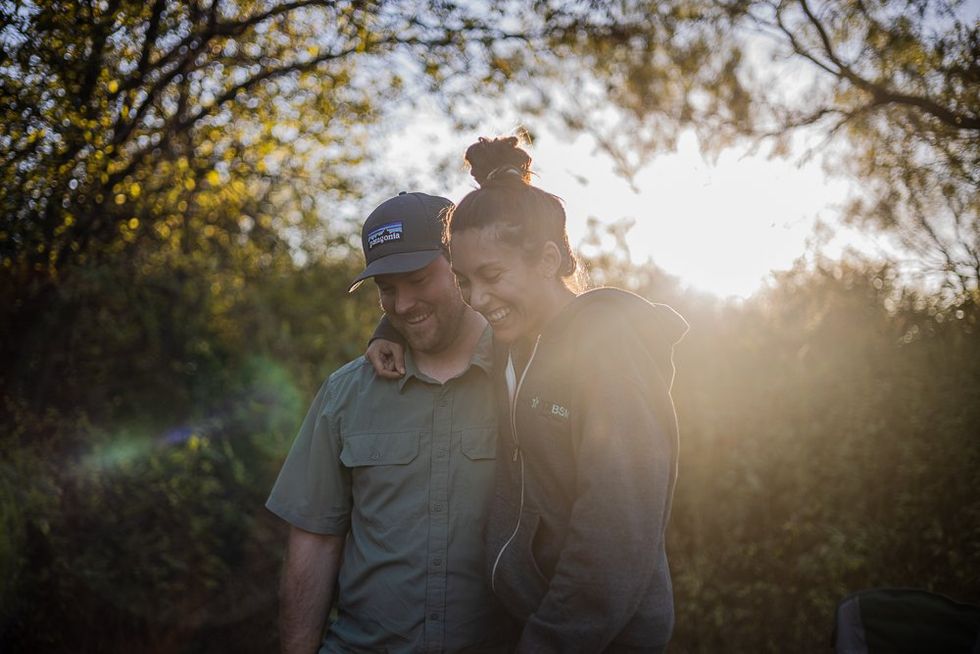All Are Welcome
Fort Worth church introduces Thursday night service for busy modern families
The traditional 9-5, Monday through Friday schedule isn't so common anymore, and Hulen Street Church knows that.
One of the distinctive characteristics of Hulen Street is its desire to always be sensitive to unintentional obstacles for someone looking to grow or even just explore their faith.
A potential barrier from attending church services? Sundays.
The traditional worship schedule found in the vast majority of churches may not work for today's families.
Maybe you’re a first responder, or maybe you work in the hospitality industry, or you make your living in the in the medical field. Whatever your job, Sunday may just be another workday.
That's why Hulen Street Church created Thursday Nights at HSC. Beginning at 7 pm, this Thursday evening worship experience is identical to what you will also find there on a Sunday mornings at 9:30 am and 11 am.
If this is your first visit to Hulen Street, take a few moments to let them know you're coming by pre-registering here. You can also watch sermons on-demand here.
---
Hulen Street Church is located at 7100 S. Hulen St. and can be reached at 817-292-9787.




